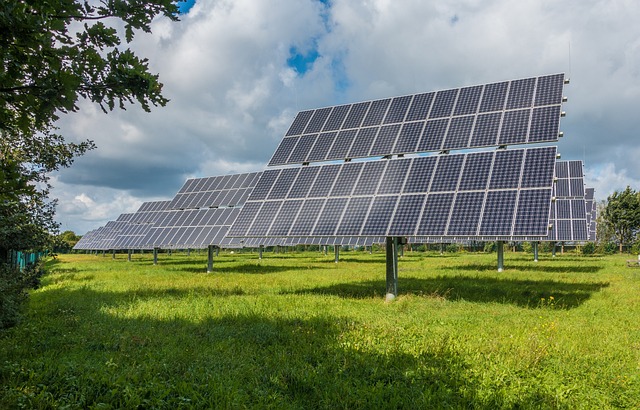By Lauren Hansen, Staff Researcher/Writer at Save the Water™ | January 24, 2022
Did you know that water is a vital part of processes that create products and services we use every day? Data centers that transmit internet traffic for our surfing habits use water to cool down. We need water to rinse parts that go into semiconductors that then get placed in our electronic devices. Businesses are embracing what’s called “water resilience.” They are paying more attention to new technologies that save water to prepare for and prevent water scarcity.
Given the importance of water in the process of tech manufacturing and operation, it’s no surprise that industrial water use places huge stress on freshwater supply and worsens freshwater scarcity. Research from the World Resources Institute (WRI) projects finds that global freshwater demand will outpace supply by 56% by 2030.
Global corporations are responding by building water resilience strategies. This helps them more efficiently use water in their manufacturing processes and reduce their overall environmental impact.
What is Water Resilience?
A general definition of water resilience that resonates with the business world is the set of plans and practices to ensure “a reliable water supply that can adapt and respond despite imposed changes or challenges.”
What Companies are Doing to Use Water More Sustainably
Companies are paying more attention to sustainability in their business operations, particularly with regards to water usage.
These companies are contributing to water resilience in the following ways:
- A union of major companies are participating in Transform Net Zero.
- Microsoft is striving to be carbon negative by 2030.
- Levi Strauss & Co. found 20 ways to make jeans using less water.
- Procter & Gamble has found a way to make toiletries with no water.
Why Are Corporations Embracing Water Resilience?
Corporations are embracing water resilience for the following reasons:
- Governmental and social pressure
- Good financial business sense
- More business opportunities with customers and investors
- Saving money on the water they use
Kickstart Water Resilience at Your Workplace
Water resilience is gaining traction in the business world. However, there is room for progress. In the company where you work, you can take a number of steps to kickstart a water resilience initiative.
First, find out if there are any current sustainability initiatives in your company. If so, link up with any teams dedicated to investigating and addressing the ways in which your company uses water and impacts local water supply. If not, start a task force with like-minded co-workers. Here are some tips for your taskforce:
- Collaborate with operations and finance/accounting to measure water use/impact.
- Brainstorm water-saving measures to reduce environmental impact.
- See what your competitors are doing to reduce environmental impact.
- Research environmental consulting firms.
- Check how much the changes will cost.
- Approach higher-level management with the data.
If you get buy-in from management, a consulting firm can help your company do the following:
- Learn methods to protect water supplies and improve water resilience.
- Motivate all stakeholders and employees to take part in sustainable water use.
- Accurately collect data on water use and its associated effects and costs.
Though many of us are working from home at the moment, we can still take on most of the above activities virtually. Moreover, take a look at your water usage at home throughout the day and consider where you can cut back. Washing machines and other household appliances often have an eco-setting to use less water.




